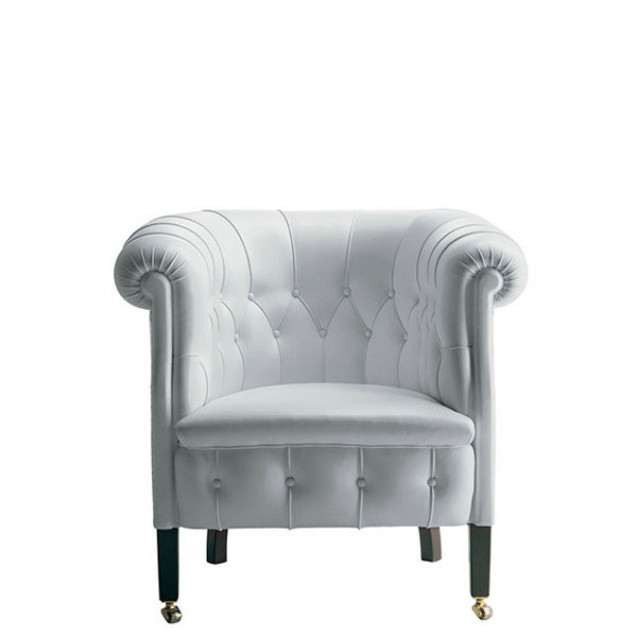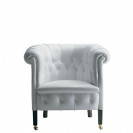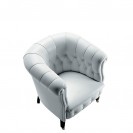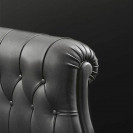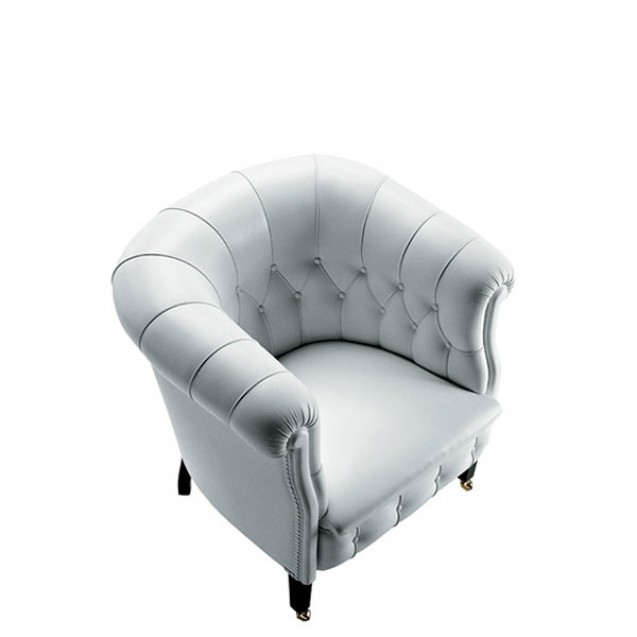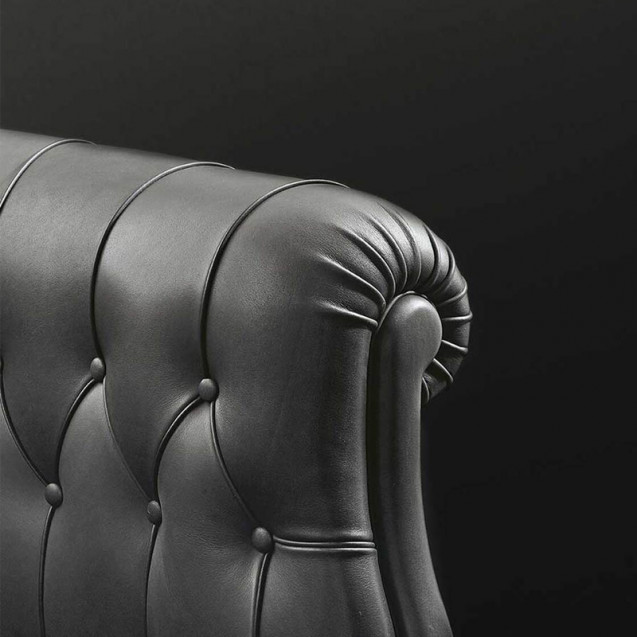Fumoir
| About Designer | |
|---|---|
Renzo Frau |
Lorenzo Frau, known as ‘Renzo’, was born in Cagliari in 1881. He left Sardinia for military service in Milan, which he completed successfully earning the title of lieutenant. He married SavinaPisati and moved to Turin, at the time a real hub of Italian culture. He initially worked as a sales representative for Gribaudi and then for Dermoide Patent, manufacturer of faux leather. Having moved to Great Britain for work, he was able to discover the Chesterfield model armchairs and immediately imagined its potential, successfully starting to import it into Italy. At the same time, however, he was also attracted by the models of French and Central European style. He therefore decided to create his own artisan production laboratory. It was 1912: Poltrona Frau was created. From the initial work ‘in style’, Frau quickly moved onto direct design. Poltrona Frau became not only a production pole, but also a meeting point for artists and intellectuals. Renzo Frau used these relations to consolidate the brand image: successful models ensued quickly, one after the other. As the First World War broke out, Frau was called to fight for his country and his wife Savina bravely took up the reins of the company. Frau’s armchairs thus began entering the most important buildings, also used by the royal family. Renzo Frau met an early death in 1926. He left an extensive archive of projects that would allow his wife to coherently pursue Poltrona Frau production in the years to come. |



